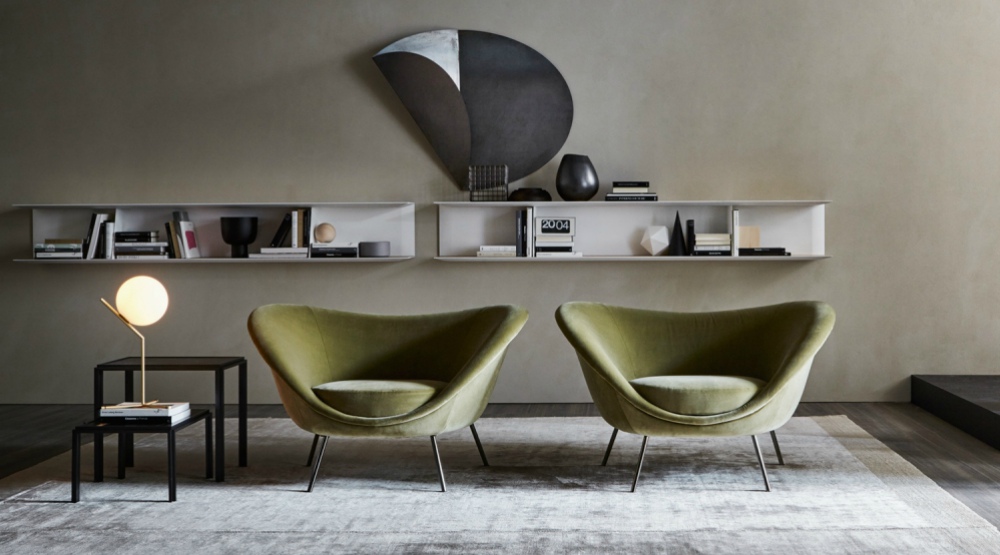
Molteni&C Reissues Prototypes of Modern Furniture
Molteni&C traces its history and obsession with quality in the Heritage Collection. The Italian furniture company has been rummaging through their old files for special exhibitions, the creation of a historical archive, and setting up the Molteni Museum to mark its 80th anniversary. All this provided the opportunity to rediscover forgotten treasures and to start once again from the origins of modern furniture.
Unique pieces, designed for competitions or for special projects by Gio Ponti, Werner Blaser, Yasuhiko Itoh as well as Afra and Tobia Scarpa, will be reproduced on an industrial scale and in numbered editions. The items will also bear the signatures of their respective designers. Interpreted with 21st century technological innovations, the Heritage Collection traces a past that turns out to be contemporary.
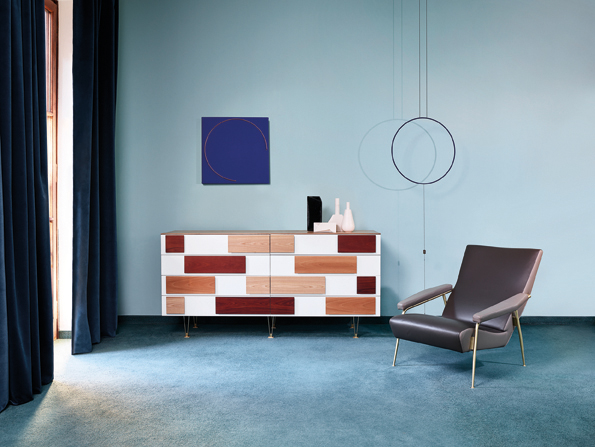
Mad Men may have wrapped up its last season two years ago but mid-century modern, with its simplicity and exploration of form follows function, remains a darling of the design world. Just as the 80s Baby Boomers had Chippendale as their nostalgia period of choice, Gen X crossing over to the millennials have modern furniture pinned on their mood boards. Molteni&C, which was set up in 1934, was there when piece after iconic piece entered the market. And they are sharing that part of their legacy to a new generation. Here are some of them.
MHC.1 Drawer Chest by Werner Blaser (1951)
This avodiré wood chest is the first item of modern furniture ever produced by Molteni&C. It won the Cantù Prima mostra Selettiva – Concorso internazionale del mobile 1955, a competition designed to re-qualify the image of Italian furniture making. The designer Werner Blaser was a a student of Alvar Aalto and worked with Mies van der Rohe for a significant period of time.

MHC.2 Bookcase by Yasuhiko Itoh (1959)
Japanese designer Yasuhiko Itoh studied at Waseda University and spent several months in Molteni’s production department working on the avant garde bookcase. MHC.2 is a prototype made of bent wood, a complex procedure for that time. Again competing in the Selettiva, it won third place.
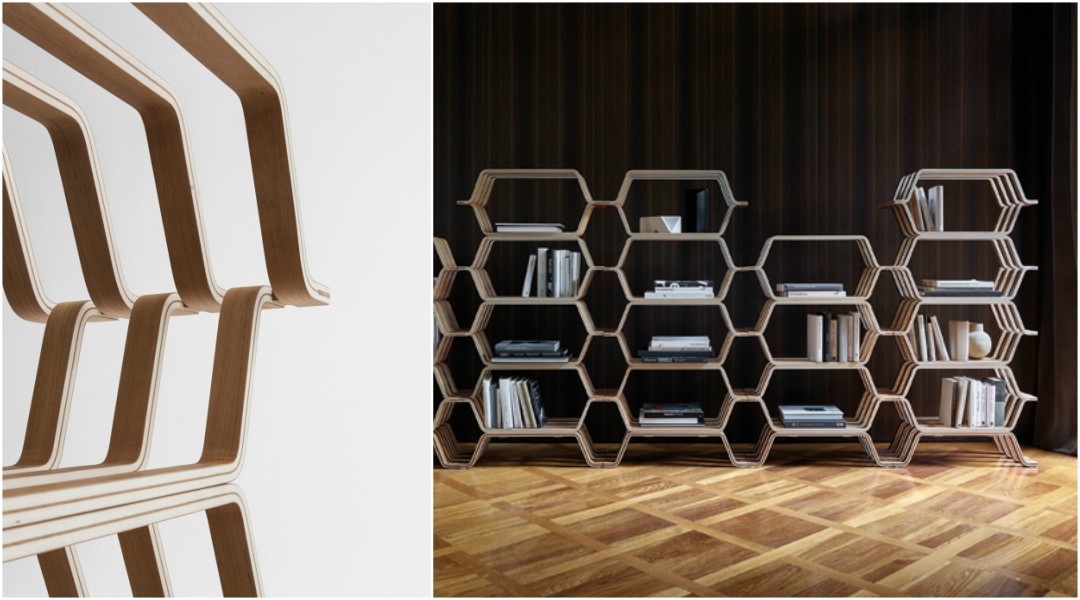
D.153.1 Armchair by Gio Ponti (1953)
Designed in 1953, the brass-structured armchair is part of the furniture of Gio Ponti’s private house in Milan. The fabric reinterprets the age-old technique of velvet-weaving, bringing it up to date with contemporary patterns, such as close sequences of staggered disks with various gradations of color.

D.522.2 Table by Gio Ponti (1950s)
Designed in the 1950s for M. Singer&Sons, one of the most important furnishing companies in New York, this small table is part of a collection for the American market. The small table is made of solid rosewood arranged in acrobatic proportions with satin bronze legs and glass triangular top.
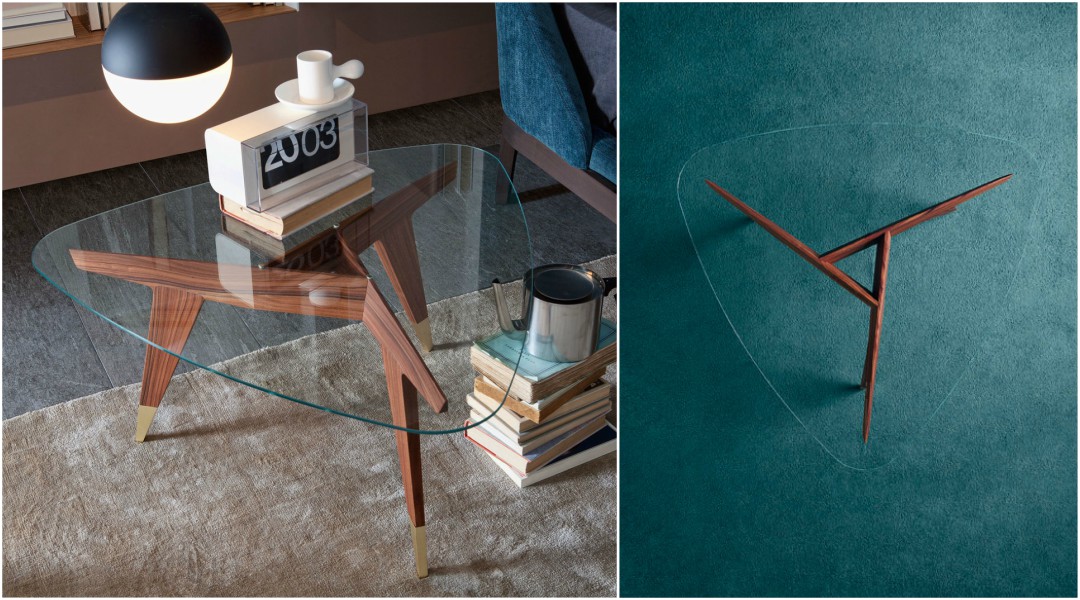
D.154.2 Armchair by Gio Ponti (1953-1957)
This cozy shell armchair was designed for one of the projects closest to Gio Ponti’s heart, the Villa Planchart in Caracas. “In it I was at liberty to express my own approach to architecture, both outside and inside,” says Ponti of the project.
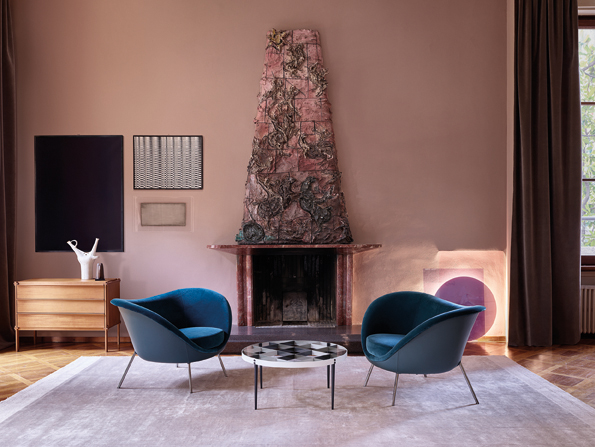
Miss Chair by Afra and Tobia Scarpa (1986)
The form is linked to a system of soft, unbroken, linear rhythms. The legs are slim and divaricated, to ensure stability. The front ones are bent to form the armrests and continue into the curve of the backrest. The back legs reach the backrest from behind, underpinning it. The seat is inserted between the lines and links them. Tobia Scarpa has re-designed the armrest joint to make the chair comfier and more linear.

Molteni&C is distributed in the Philippines by Furnitalia Manila, 30th Street corner Rizal Drive, Crescent Park West, Bonifacio Global City (Landline: 819-1887).
Photos courtesy of Molteni&C


